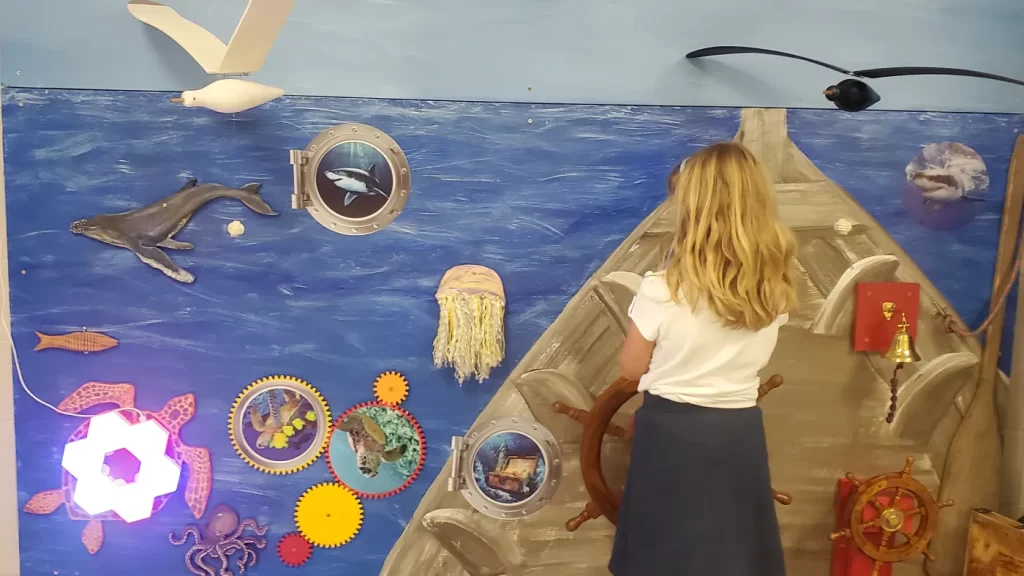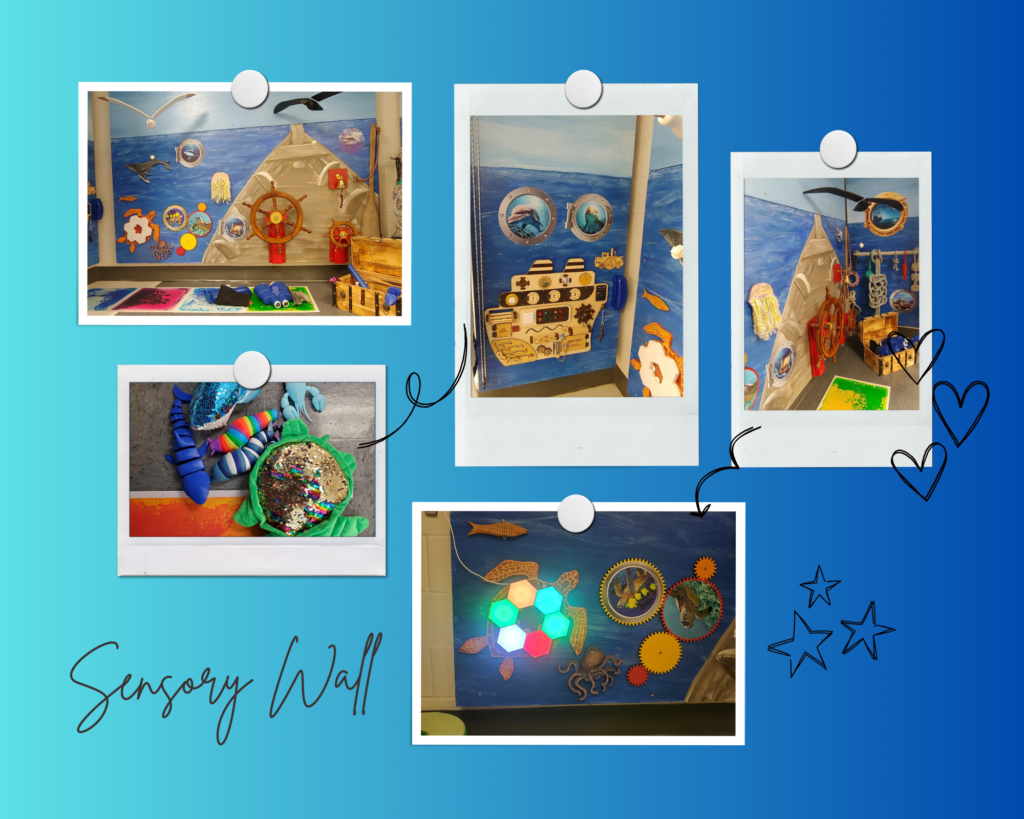
School sensory spaces have become a positive way to support students socially and emotionally, but creating them can be overwhelming, and sometimes expensive. In the past few years, I have researched and created sensory spaces on all kinds of budgets. The outcomes of the impact that each budgeted sensory space provided even surprised me. Here are three spaces I created and what they provided.
3 Types Of Amazing School Sensory Spaces For All Budgets
- School Grant Budget Amazing School Sensory Space– You received a few thousand dollars to create a space for your school.
- Classroom Budget Amazing School Sensory Space- You received around $150 and want to create something for your classroom.
- Small Budget Amazing School Sensory Space– You have between $20 and $40 dollars to spend, and you want to create something for your students.
School Grant Budget Sensory Space
Congratulations! You just got awarded a sizeable grant to create an amazing sensory space for your school… now what? With that much money, it can be overwhelming to think about what you want to create and where it should go. With any school wide sensory space, planning is important. Here are some things to consider: location, design, access, monitoring, and upkeep.
Location
First, consider the location. Where is the sensory space going to go? Will it be out in the open? Semi private? A separate room? There are pros and cons to all three options, and it is important to consider what works best for your school and student population. With the space we had access to (a nook in a hallway), we used a curtain to make it semi private. Students could shut the curtain but were still in a public space. While the nook was out in public, the curtain allowed students to have some privacy.
Design
Then consider a design. When creating a design for the space, it is important to consider multiple factors for you design. What are the colors, logo, and physical location of you school? How can you connect you community and student with your design? For our design, I wanted to connect the nautical elements of our community. Our school is near Charleston and I wanted the design to feel like an under sea and on a boat nautical adventure.

Access and Monitoring
Next, figure out how to monitor the space. Part of making a large scale sensory space is figuring out what students will have access, when, and how to monitor. Collaboratively, we decided as a school to allow students to use the space with adult supervision. This sensory wall has been a huge help to students on Tier 2 and Tier 3. Students with sensory needs, anxiety, ADHD, and anger benefit from using the space with adult supervision.
Importantly, the downside, is an adult had to take students to the space. This helped maintain the integrity of the wall and also let students recognize that this was not a place to play in. While this space has been amazing, we quickly realized that we needed an option for all students to have access to with less adult supervision. This allowed us to create the Classroom Budget Sensory Space and Small Budget Sensory Space.
Upkeep
Lastly, consider how to maintain the space. Thankfully, the maintenance of this space is pretty easy. I have to make sure that the turtle light is charged once a week and I have to clean the colored sensory floor tiles every few months. When creating a space, it is important to think about the short term and long term maintenance of the you sensory space, as well as who the person/people are that will help maintain the space.
Clearly, Sensory spaces are engaging and effective ways to support students. A School Grant Budget Sensory Space is only one of the three options. Deciding which type of sensory space to start with or which one is best for your school is a great way to integrates sensory options for students.